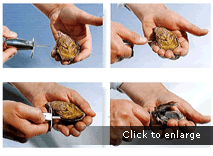"Pain gives to some souls a kind of conscious. Like lemon to oysters"
He sipped from the shell with a slight undertow - a Judas kiss - before you put them down in the middle of the tongue. Push the fruit to the palate, wait a moment to allow the difference in temperature to melt the crystalline portion and pull down on thebuds appreciate the juice flavor, acidity. Then you slide the clam between the molarsslightly open. Lingers a while and only now you can tighten your teeth, slowly, gently, so gorgeous. A moment of reflection and a shot again. Will do five or sixthrusts of the molars before swallowing the firmness of the meat to taste andaftertaste. That there is cruelty in all this, it is inevitable.
The best time to taste Oyster is from 3 to 5 days after escaping from the water, because the unnecessary loss of liquid will allow the glorification of the true taste. Oysters live for about 12 days if conserved at the right temperature (between 5 and 15 degrees). Shellfish must be alive, verified by muscle contraction to contact. The oysters must be open one hour (maximum 2 hours) before serving. The first water must be thrown away, and must be given time to clam to "remake his water"
Months with "r"
A well known century tradition has been handed down to us telling that, is better to eat oysters in months containing "r" (January "janvier" included).
The truth is that when the oysters spawn, and their normally firm flesh turns milky (from May to August), is the period in which oysters can be kept for the shortest time.
Actually oysters are suitable for eating thorough summer months, even though , winter is a better time to taste them because they're at their peak and that's when the water is coldest and the oyster's flavor is best.
This habit has been handed down through centuries, and under Louis XIII (when transport was so much slower) it was forbidden even to sell oysters in Summertime.
In the region of Marennes-Oléron, during months of great rainfall, a seaweed, called Navicole Blue, paints accidentally some oysters that get a green color and have a sweet and mellow flavor.

Oysters are dietetic and balance food. Since an oyster is low in fat (lipid) and cholesterol, it can be eaten with benefit to everyone, both for slimming and cardio-vascular diets.
Since oysters are high in sodium, hence they shouldn't be consumed in a low sodium diet.
As the oyster induces the secretion of gastric juices, it is ideal as aperitif and furthermore being easily digestible, it helps against: the iron-deficiency anemia; on the affections of the alimentary canal; for the intestinal diseases and for the hepatic inefficiency.
Generally, chucking oysters is the only and potentially dangerous risk to our health because every year about 2500 people are injured trying to open them.
"It's easier to shuck an oyster without knife, than the mouth of a lawyer without earnest."
(Barten Holiday)

The 1st step in shucking an oyster is to cut off the adductor (the muscle that hold the oyster shut). Dividing an oyster in 3 equal parts; after having sized up the oyster (see the picture), the adductor to be cut off is on the right side, located where is the imaginary line which divides the 1st from the 2nd section of the mollusk, starting from the top side.
It is said that the Roman Emperors paid for oysters by their weight in gold. Casanova used to eat 50 raw oysters every morning.Into Holland they were considered a love symbol. The oyster is a dietetic and balanced element. It is very poor of lipids and cholesterol, it can be consumed with no limit and it adapts both in slimming and cardiovascular diets. As the oyster is high in sodium, so it is not recommended to diets poor of salt. The oyster causes the secretion of gastric juice so it is perfect as aperitif; it is high digestible and so it is a good medicine for the anemia, in digestive and intestinal diseases and in liver deficiency. Zinc is useful because it is supposed to increase the production level of sperm, testosterone and that of vaginal lubrication. The only real danger this mollusk represents to our health, is in the duel one must engage to opening the oyster; every year about 2.500 people injure their hands opening oysters.

"Some people are as touchy as oysters.
If you touch them, they contract." (Paul-Jean Toulet)
It has been told that the Roman Emperors were willing to pay oysters in gold. Casanova used to eat 50 raw oysters every morning. Into Holland they were considered a love symbol.
- Oysters are very poor of fats and high in minerals (P, I, Zn). Zinc is useful because it is supposed to increase the level production of sperm, testosterone and vagina lubrication.
- Oysters are considered an aphrodisiac food and the myth can be attributed to Aphrodite; the legend says she emerged from sea foam on an oyster shell.

Oysters Roman's selection are at least "Speciales de Claire", refined in the best oyster culture basins and chosen for you in the most famous "Mirroirs de France".

Taux de Chair (index of meat) = It is the relation between the weight of the oysters and their meat.
It represents an index of the quality of the oyster itself.
The formula: (m1x100)/m0
mo= the mass in grams of 20 concave oysters before being shucked;
m1= the mass in grams of the dripped meat of the above mentioned 20 oysters